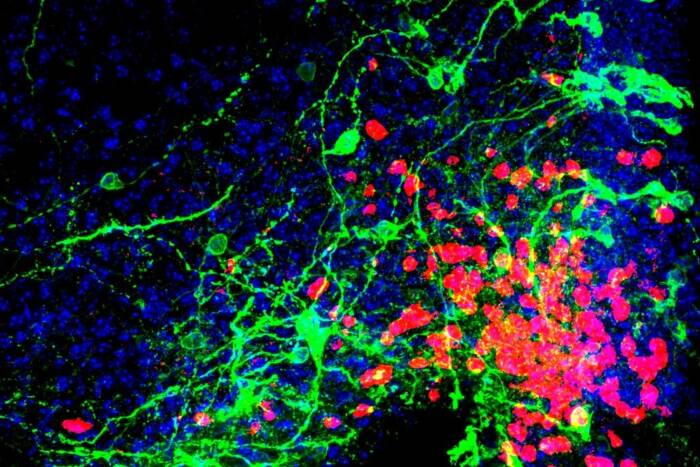New molecular diagnostics test could help guide lupus treatments
Removing a snippet of tissue from the body and subjecting it to the right tests can reveal a lot about a person’s disease or disease risk. With a new tool that zeros in on individual cells in such biopsies, doctors might be able to observe glitches in gene expression with enhanced precision—information that in some cases could yield more-effective treatments.
The method, called single-cell RNA sequencing, identifies genetic signatures associated with disease using only a tiny amount of tissue. It was recently put to the test in patients with lupus, an autoimmune disease that inflames and damages the kidney, among other tissues. Rockefeller’s Thomas Tuschl, along with scientists at Albert Einstein College of Medicine, Montefiore Health System, and other institutions, report the findings in Nature Immunology.
Focusing on kidney cells, the researchers found that single-cell RNA sequencing exposed changes in two sets of genes involved in the autoimmune response and in scarring, respectively. Both could inform how far the disease has progressed and what drugs are most likely to work, information not readily available from standard tests. The team obtained similar results by analyzing skin cells from lupus patients—opening up the possibility that kidney biopsies, which can be painful, might one day be avoided.



